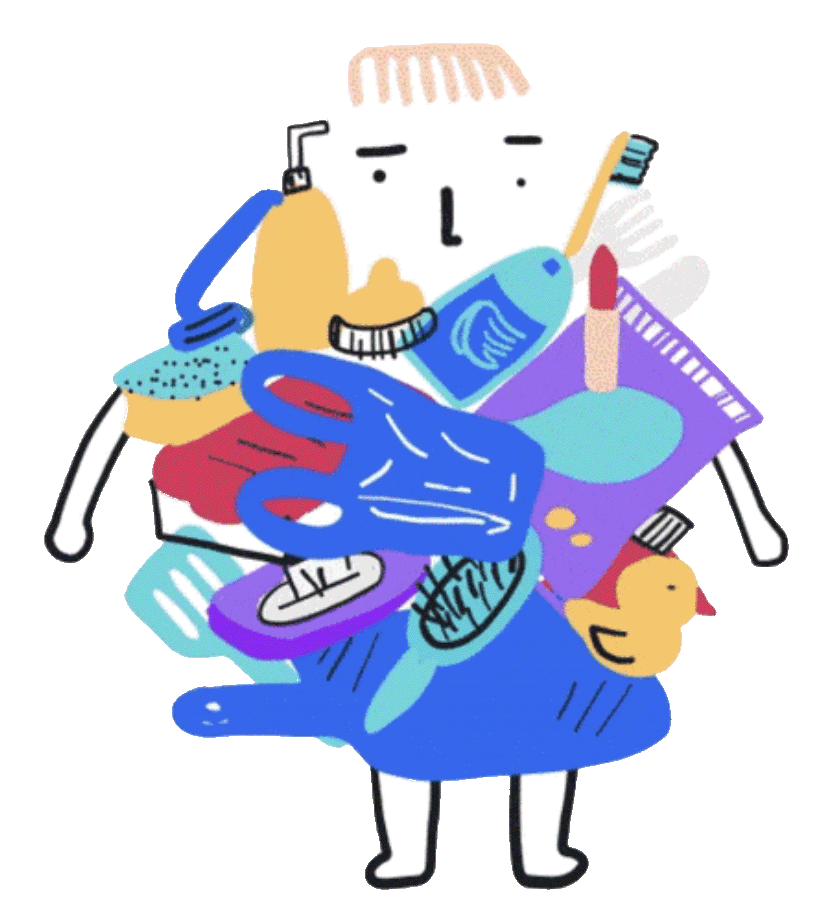Glitter are microplastic particles. Sparkly and cheerful to look at, but a problem for the environment. Despite the environmental problem, they are on sale everywhere and in all sorts of varieties. Manufacturers and sellers continue to offer them for sale as long as there is no law prohibiting it.
Plastic Soup Foundation calls for making everything glitter-free.
Glitter is everywhere
Anything one can think of, it’s on the shelves: glitter paint, glitter nails, glitter soap, glitter cards, glitter cream, glitter ink, glitter powder, glitter hair, glitter lipstick, glitter paper, glitter shoes, glitter shampoo, glitter mascara, glitter glue, glitter tattoos, and more. There is glitter in spray cans, glitter that lights up in the dark, glitter on toys and even glitter children’s parties. Glitter is available everywhere, in all shapes, colours and sizes. But where do all those tons of annually produced litter particles end up after they have been used?
Source of pollution
Users know little about glitter. This is especially true for children who play with it in full innocence. But remember: Glitter = Litter. A list of six facts on glitter:
- they are made of plastic coated with aluminium
- they easily end up in the environment
- they do not disintegrate in the environment naturally
- once in the environment, it is impossible to clear them away
- they can be eaten by animals
- the tiniest glitter particles can be inhaled.
Whereas buyers can still claim ignorance, the same does not hold for producers and sellers of glitter.
Glitter for fun
The little vials with glitter on the shelve are actually entirely filled with microplastics. Glitter products are not essential or necessary. They don’t cure people and they don’t have no nutritional value, for instance. They are made exclusively to for beautification of one-self or products, such as for e.g. festivals or parties. Glitter is just for fun. But that fun comes at a cost.
False claim
The Keuringsdienst van Waarde (a Dutch TV program that consumer critically assesses consumer goods) paid attention to glitter earlier this year. The
broadcast shows how glitter particles are machine punched out of large sheets of plastic; microplastics of all sizes, shapes and colours. As an alternative to plastic, some manufacturers market ‘bio-glitters’, which are said to be biodegradable in the environment. That claim puts consumers on the wrong track. The programme makers had six different brands of ‘bio-glitter’ examined by Professor Loos of the University of Groningen. None was found to be truly biodegradable. The only real answer to the environmental problem of glitter: stop it and ban it.

